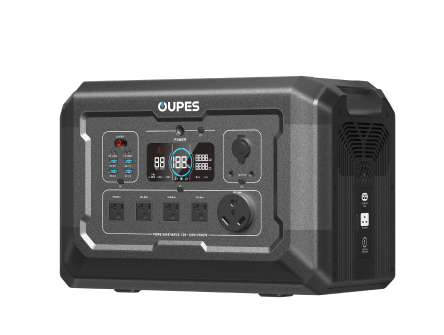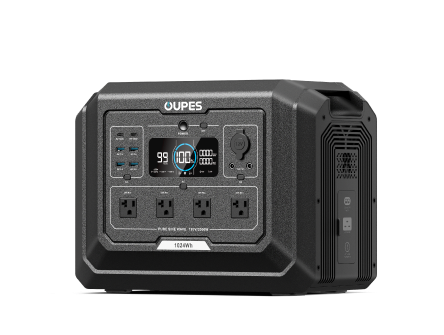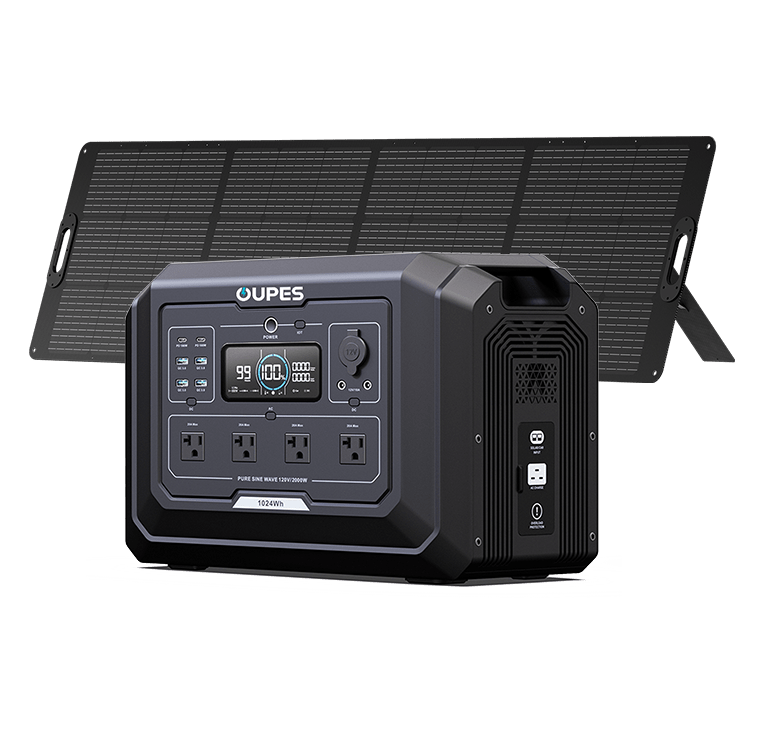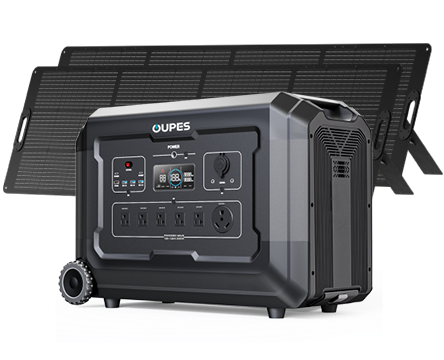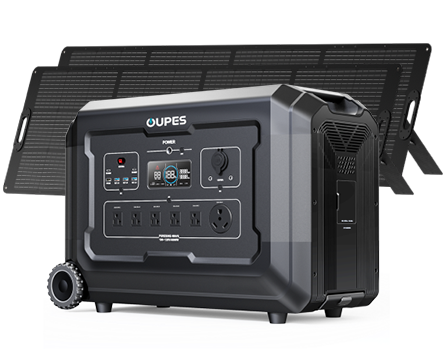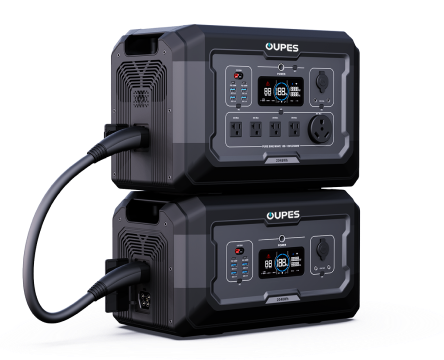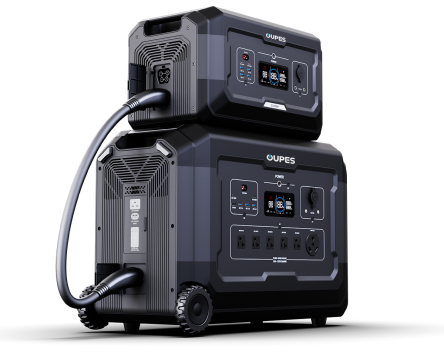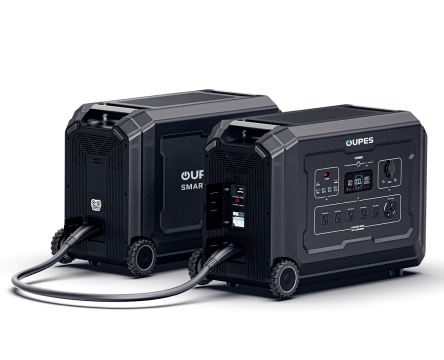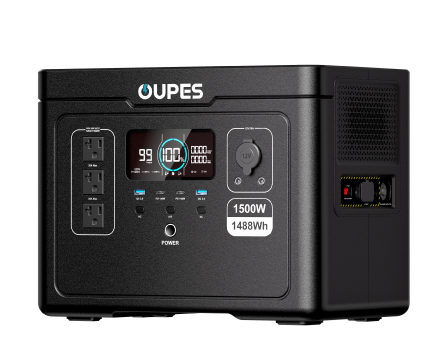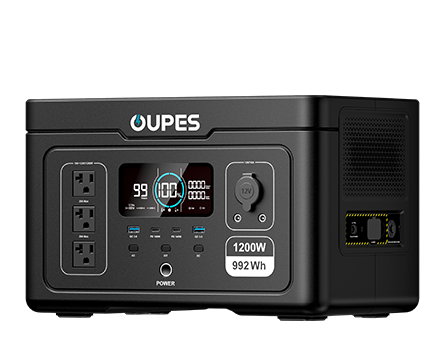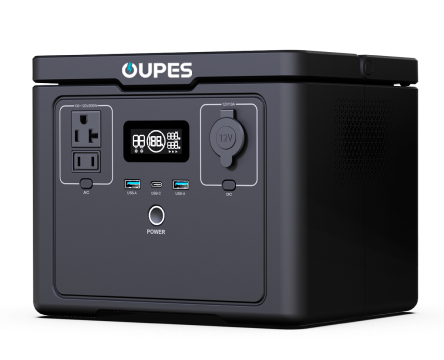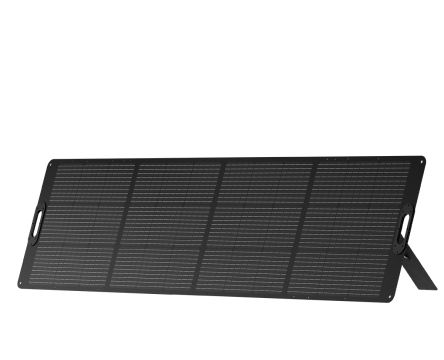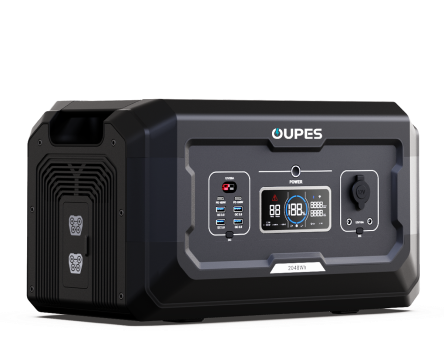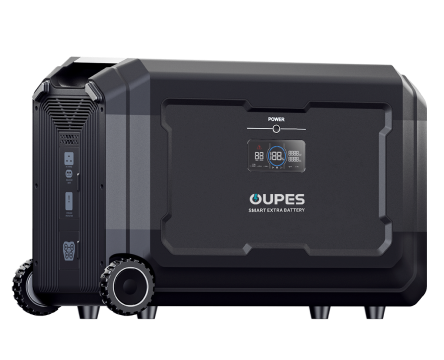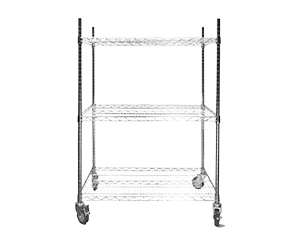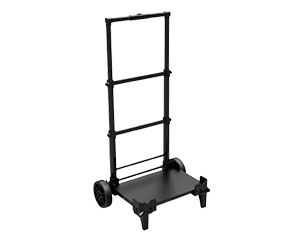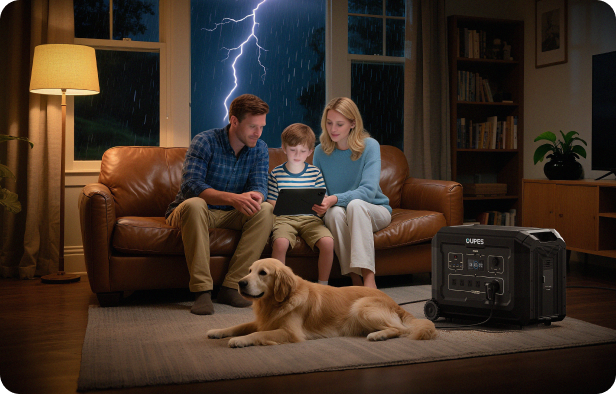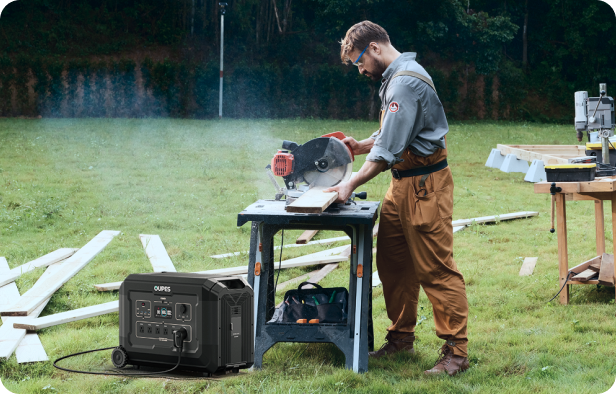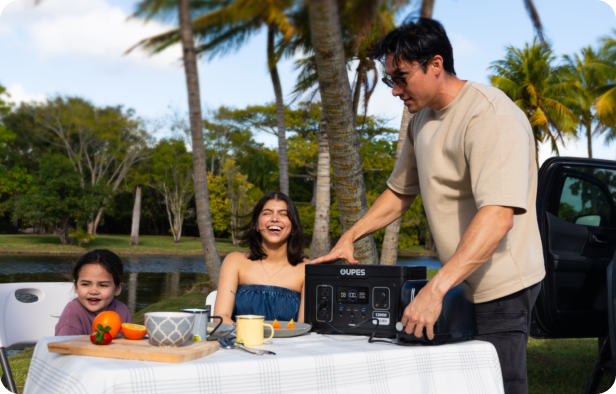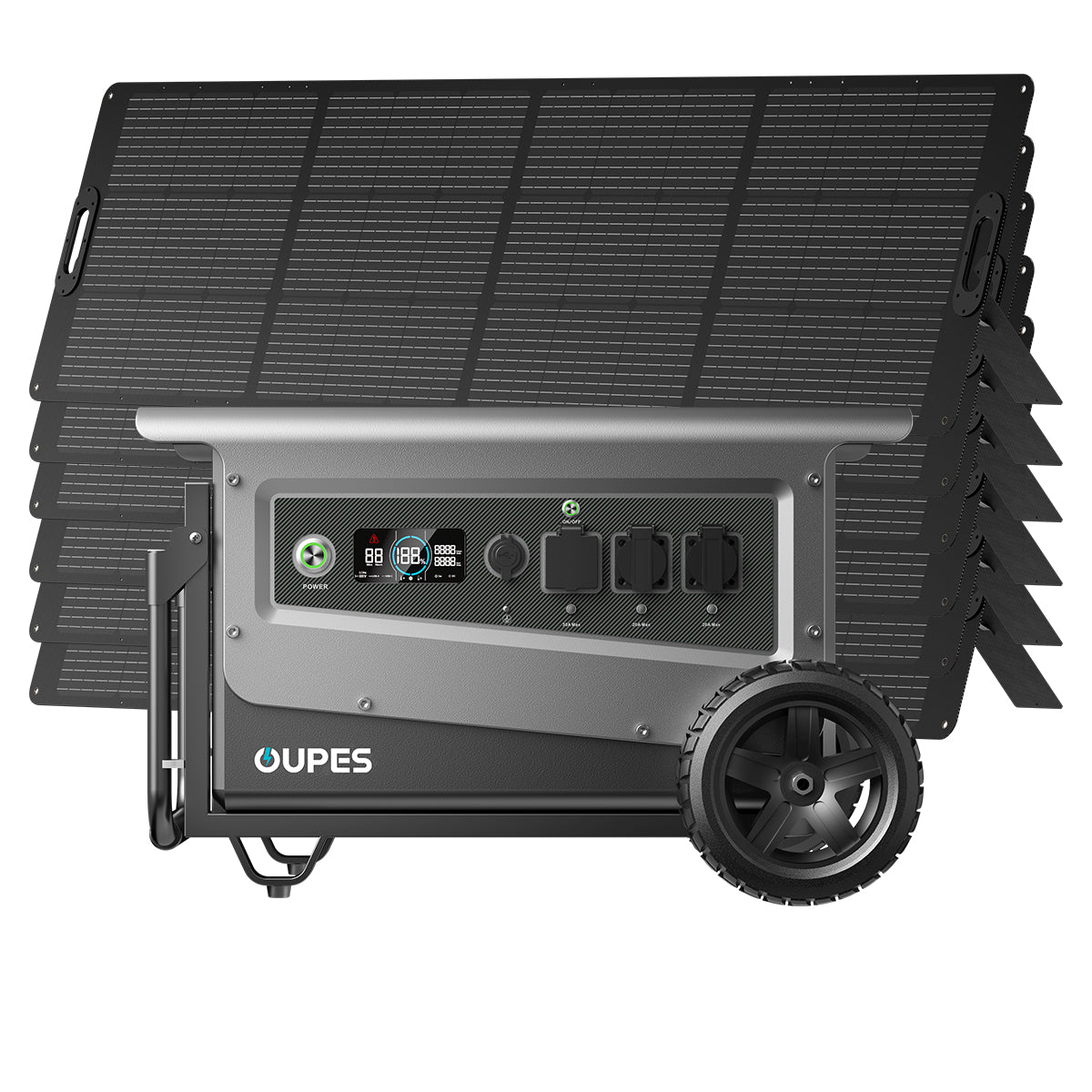
Freedom. Self-sufficiency. The whisper of the wind across open land and the quiet hum of energy flowing through your home, uninterrupted by city grids or tangled cables. But before you achieve that serene, off-grid dream, there's a crucial calculation to make — the size of your generator. It’s not guesswork; it’s an art form, balanced between science and practicality, precision and intuition.
Understanding the Heartbeat of Your Power Needs
Every off-grid home has a pulse — the rhythmic rise and fall of energy demand. Morning coffee brews, water heaters ignite, devices buzz to life. Night falls, and lights flicker on. To size your generator, you must understand this rhythm. Start with the essentials: list your appliances, determine their wattage, and multiply by usage hours. Add seasonal needs, surges, and those unpredictable spikes. In short, know your lifestyle as well as you know your address.
Generator Sizing: It’s Not Just Numbers, It’s Confidence
Once you know your daily consumption in kilowatt-hours (kWh), it’s time to choose a generator that doesn’t just meet that number but exceeds it—gracefully. Think in layers: continuous load and surge load. Your continuous load is your baseline; your surge load covers the spikes — the refrigerator’s startup, the pump’s sudden draw. Choose a generator that handles both with ease, leaving headroom for expansion and unexpected demands. Oversized? Wasteful. Undersized? Risky. Perfectly sized? Liberating.
Battery Banks and Generators: A Symbiotic Relationship
Your generator isn’t there to run everything indefinitely — that's the battery bank’s job. But on cloudy days or heavy-load moments, the generator steps in. It must be large enough to recharge your battery bank efficiently without straining or short-cycling. As a rule of thumb: size your generator to at least 1.5 times the charging capacity of your inverter-charger. In other words, make it strong enough to support, yet smart enough to know when to rest.
Fueling Choices and Run Time Considerations
Diesel. Propane. Gasoline. Solar hybrid systems. Each fuel source brings its rhythm, its limitations, and its advantages. Diesel generators excel in longevity and heavy loads. Propane burns cleaner, often quieter. Gasoline is accessible but less efficient for long-term use. Match your fuel choice with your location, climate, and logistical realities. Remember: what you save on fuel cost could be spent in maintenance or fuel storage complexities.
Efficiency, Noise, and Reliability: The Trifecta
No one dreams of an off-grid paradise punctuated by the clatter of an overworked engine. The best generator hums quietly, sips fuel thoughtfully, and springs to life reliably. It’s the unsung hero in the background, not the show-stealer. Choose quality over cost. Choose durability over convenience. Choose silence and strength in equal measure.
Leaving Room for Tomorrow’s Dreams
Perhaps today you power a cabin. Tomorrow, a greenhouse. Next year, a workshop humming with creativity. When sizing your generator, think beyond the present. Anticipate growth. Design for expansion. Energy freedom isn’t static — it evolves with you. Your generator should grow with your ambitions, not constrain them.
Conclusion: Precision Meets Possibility
In the end, sizing a generator for your off-grid solar system is about more than watts and kilowatts. It's about crafting a system that breathes with you — one that responds to your energy needs without hesitation, supports your lifestyle without compromise, and elevates your independence without interruption. Balance numbers with nuance. Plan boldly. And power on, endlessly, effortlessly, exactly as you envisioned.






